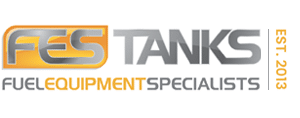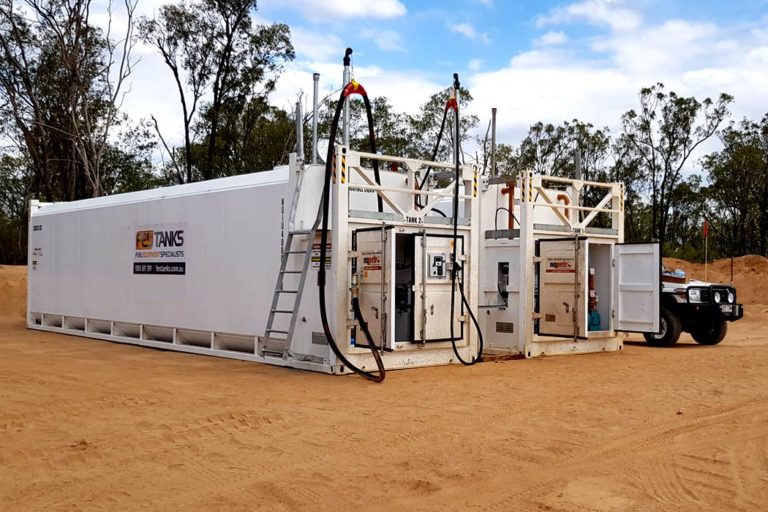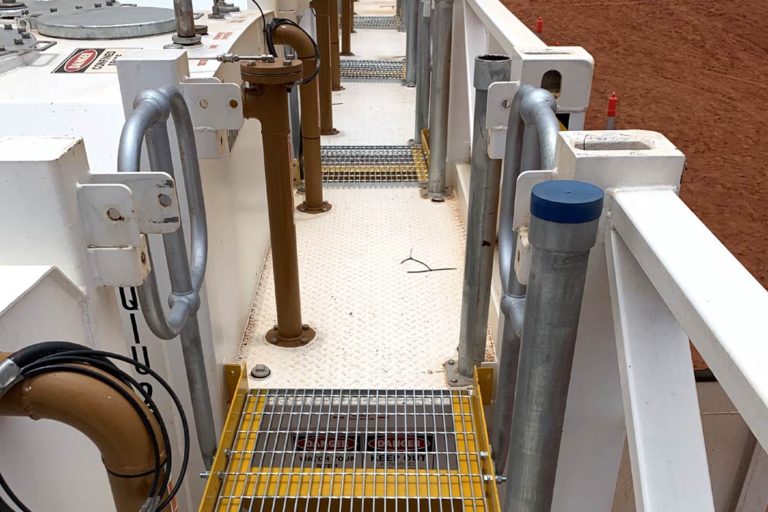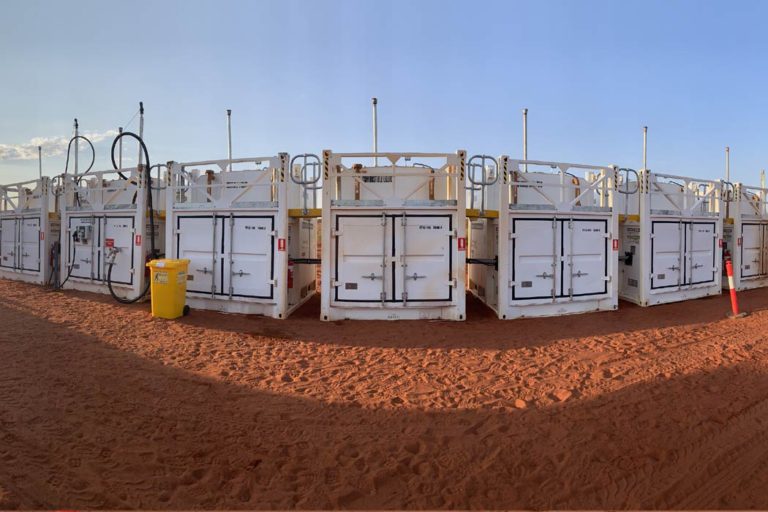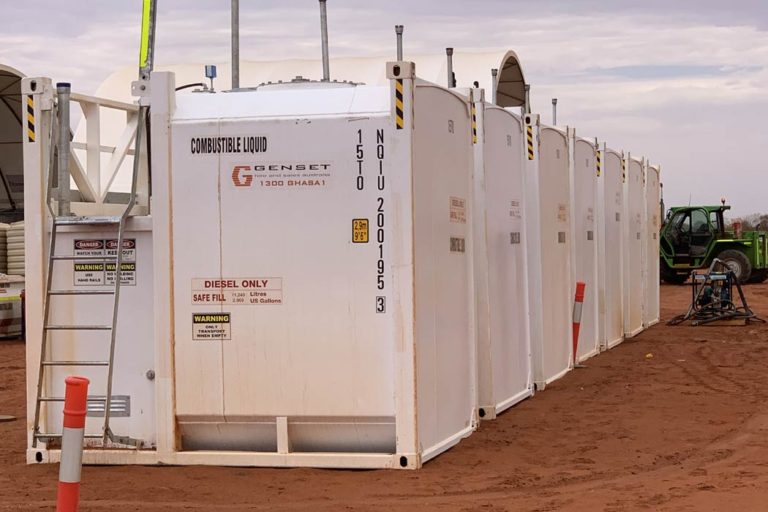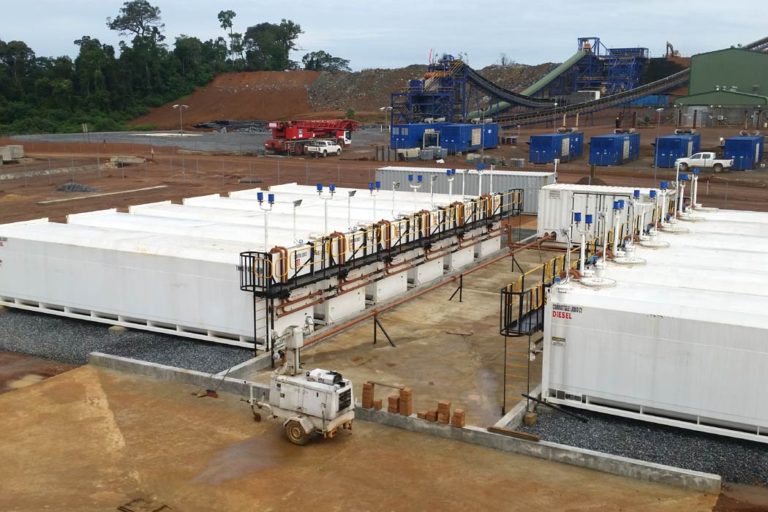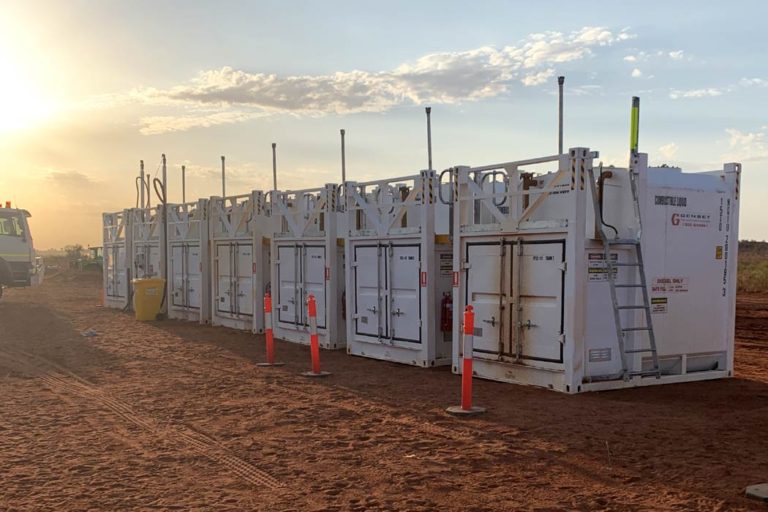The fuel farm revolution – the future of mining fuel storage
Emerging technologies are changing the way mining companies operate with automation and standardisation boosting safety and productivity.
QUT robotics researchers have already developed technology that will equip underground mining vehicles to navigate autonomously through dust, camera blur and bad lighting and will allow vehicle-mounted cameras to track the location of vehicles in underground tunnels within metres.
The Internet of Things – technology that networks devices, equipment and appliances through the internet – is connecting fleets, equipment and people using radio frequency identification devices and sensor technologies.
Now, innovators have turned their attention to one of the biggest challenges for remote mine sites – access to reliable power through efficient fuel storage.
The fuel farm revolution – the future of mining fuel storage
For many miners, developing large-scale fuel farms on site is one way to ensure a secure supply of diesel to power operations.
Western Australia alone now has about 200 fuel farms, with about half of those in the mining sector.
An innovation that has paved the way for the rise of this storage options is the development of self-bunded tanks with integrated spill containment.
F.E.S. TANKS Technical Director Craig Cygler, a specialist in remote fuel refuelling solutions, says using self-bunded aboveground fuel storage tanks has made the construction and relocation of bulk fuel storage to meet mining needs a simpler and safer process.
“With self-bunded tanks you avoid the need for construction work to build bunds around tank farms, and the associated valve maintenance and drainage issues to ensure contaminated rainwater doesn’t escape into the water table.
“In self-bunded tanks the dual wall protects the environment against leaks, protects you against fuel loss and saves on excavation and construction work.
“Another great benefit with our modern tanks is that they are fully modular systems, which makes site design simple. Everything, including connecting pipework, walkways and ladders, can now be prefabricated and put together on the site within 1-3 weeks, depending on the size of the farm.
“This is a huge advance – using old methods the process would have taken twice as long.
“It also means that after three or four years when the operational needs change, the farm can be easily pulled apart and relocated to another site.”
Why fuel farms?
While renewable energy and the electric mine might be on the horizon in the future, experts say diesel is likely to remain a primary power source for the foreseeable future.
With that in mind, tackling overheads by reducing fuel haulage costs and locating storage close to work sites means fuel tank farms that can be quickly built in remote locations is a logical move.
What’s more, the farms are compatible with new automated refuelling technologies that are already being trialled by major players including Rio Tinto.
Robotic refuelling that removes the need for manual intervention is not only expected to make the refuelling process safer, but boosts the potential for fuel farms by making it even easier to build them closer to operations.
Fuel farm planning – getting the basics right
Craig Cygler says the first consideration for miners planning remote fuel storage farms is consumption – getting the capacity right can reduce the frequency of fuel deliveries, which means significant cost savings in remote locations.
“The first consideration is what type of machinery will you be filling and how many vehicles, and that will give you an idea of the storage capacity you need and the required flow rate,” he says.
“For example if you’re only looking at 10 vehicles you might only need two to three tanks.
“Most fuel farms might have 5-10 100,000 litre tanks, giving them 500,000 to 1 million litres of fuel storage.
“The dispensing equipment needs to deliver about 800 litres per minute, because it’s filling 3000-litre tanks and high-flow equipment means faster refuelling and cost and productivity savings. There’ll also need to be separate refuelling points for the lighter vehicles.”
Security is another key consideration – Cygler says while fully automated and robotic refuelling is probably still 5-10 years away for most sites, advanced fuel management systems have significantly streamlined the refuelling process and dramatically reduced losses.
Having access to real-time data and analytics allows for predictive maintenance processes that reduce vehicle down-time.
“AVI refuelling, or automated vehicle identification systems, identify each vehicle and monitor fuel usage. They can compile detailed data that includes who is operating the vehicle and changes in fuel consumption,” he says.
“Fuel management systems provide an important basis for fuel management and are also an effective way to reduce theft and wastage.”
The future of fuel storage and refuelling for the mining industry
It seems likely that autonomous truck refuelling could be the way of the future and a new standard for mining.
QUT Professor Michael Milford says automated refuelling technologies trialled in agriculture could have mining applications.
“Refuelling is obviously potentially quite hazardous,” he says, “so that’s an area which is under active research in terms of automating it.
“The big appeal of robots is in dull, dirty and dangerous conditions, and mine sites often fulfil two or three of those criteria simultaneously.”
